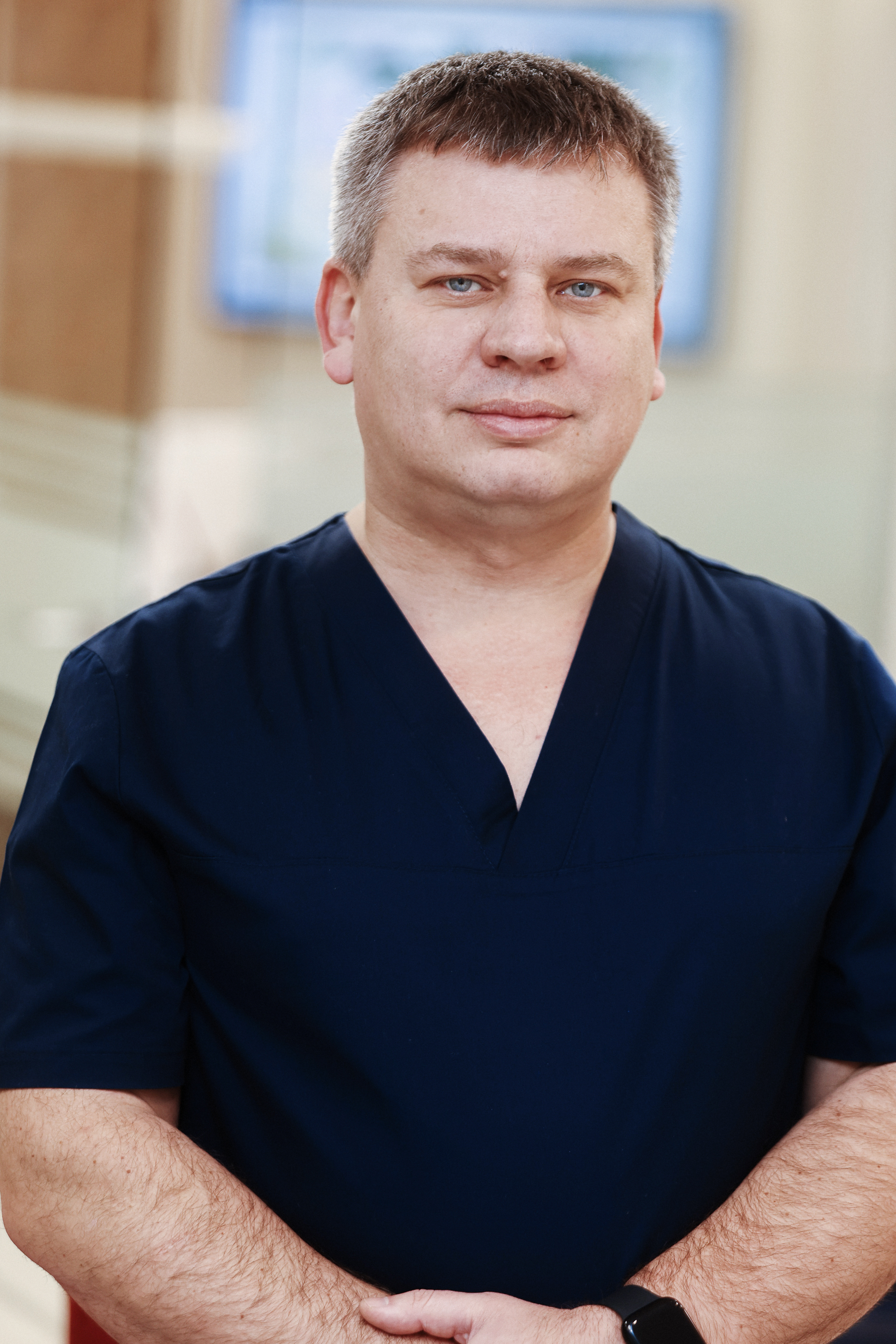Peculiarities of vision of a child up to 6 years old - useful information for parents
A child's social and psychological development, success at school largely depend on visual function, thanks to which the child receives up to 80% of information about the surrounding world. Based on this, a preventive examination by an ophthalmologist is recommended for children at the age of six months, at the age of one year, then before kindergarten and before school. Starting from the age of 6, the professional examination is carried out annually. Please note that the appointment of a children's ophthalmologist at the district polyclinic is free of charge.
The most common diseases:
- squint (strabismus);
- farsightedness and shortsightedness;
- amblyopia (""lazy eye"");
- astigmatism;
- accommodation disorder,
- eye infections and eyelid diseases.
We would like to remind you that it is mandatory to check the eyesight of children before school.
Eye diseases of newborns
Congenital cataract. The disease is manifested by a decrease in vision and a grayish glow of the pupil. Treatment is an operation with replacement of the lens.
Congenital glaucoma is characterized by increased intracranial pressure and reduced vision. If conservative therapy is ineffective, surgical treatment is recommended.
Retinopathy of prematurity is a disease of the retina with the development of pathological vessels and fibrous tissue. Normal vision in the child will help restore the operation.
Squints and nystagmus are diseases amenable to conservative therapy.
Eye diseases of preschoolers
Farsightedness is a disease that is most often diagnosed between the ages of 3 and 6. Glasses are not prescribed in every case. At the age of 6-7 years, the pathology usually goes away on its own.
Myopia is corrected by wearing glasses.
Astigmatism is a disease characterized by distortion of both near and distant objects. Vision correction is carried out with the help of complex glasses with cylindrical glasses.
Amblyopia is a vision problem where one eye is used less than the other. Temporary ""turning off"" of the healthy eye and daily training of the affected eye is an effective treatment of the pathology.
Squint is a condition where one or both eyes look in different directions rather than in one direction. Treatment in most cases is conservative.
Parents need to carefully monitor preschoolers and seek advice at the slightest suspicion of pathology.
Peculiarities of the vision of a child under 6 years of age: since the visual function has a long period of maturation, a visual acuity of 0.3 is considered the norm in children under 3 years of age. For a 4-year-old child - 0.6. At the age of six, visual acuity is from 0.6 to 0.8.
Orlova's table with pictures will help check the vision of a preschool child in the hospital. The table consists of images familiar to the child. A mushroom, an elephant, a car, a Christmas tree, an airplane and many other images will interest the baby and help to test the visual acuity in a playful way.
Eye diseases of schoolchildren
A few more should be added to the diseases described above (farsightedness, nearsightedness, astigmatism and strabismus), namely:
- accommodation disorder, which is characterized by a loss of clarity when considering certain objects;
- lack of convergence, when the eyes deviate to the side and the object ""doubles"";
- binocular vision disorder.
Treatment of poor vision in children should be done only by a specialist - a pediatric ophthalmologist.
Causes of eye pathology in children
When making a diagnosis, the doctor takes into account the age of the child, the presence of chronic diseases that could have provoked the pathology. Causes of eye diseases can be:
- neurological diseases;
- heredity;
- intrauterine infection of the fetus;
- chronic infections;
- microtraumas of the eyes;
- poor nutrition, excessive strain on the eyes.
A good pediatric ophthalmologist will conduct a comprehensive examination of the child and, if necessary, appoint a consultation of specialized specialists.
In what cases is an ophthalmologist's consultation necessary
A three-month-old baby's lack of a directed look at objects and fixation on toys, swelling and redness of the eyelids, purulent discharge from the eyes, increased vascular pattern on the eyeballs - a reason for an appointment with a pediatric ophthalmologist at the clinic. It is also worth seeking help from a specialist in case of strabismus, different pupil diameters, lacrimation and complaints of ""double vision"" in the eyes.
What does an ophthalmologist's examination consist of:
- hardware examination of the front and back of the eye;
- visometry (carried out using a table for checking vision in children);
- additional examination methods (biomicroscopy, autorefractometry, computer perimetry).
On our website https://dobrobut.com/ you can make an appointment with a paid pediatric ophthalmologist and undergo a full examination.
Features of the development of children with visual impairment
Low vision significantly limits the knowledge of the world around the baby and slows down the development of speech, as well as memory and attention. Children with this pathology do not quite understand words correctly, as they cannot always relate them to the real objects that mean them.
Physical activity plays an important role in the development of a visually impaired child. Note that games and eye exercises are not quite common here. In raising a baby, it is important to devote more time to moving entertainment for coordination and development of orientation in space. Pay special attention to the recommendations of a pediatric ophthalmologist and strictly follow them.
If you have any questions, contact the consultation center of the clinic. Our doctors will help solve certain problems related to the baby's health. They will talk about the specifics of the development of children with visual impairment and will select an effective set of eye exercises for children of different ages. You can make an appointment on the website.
Related services:
Pediatrician consultation



















